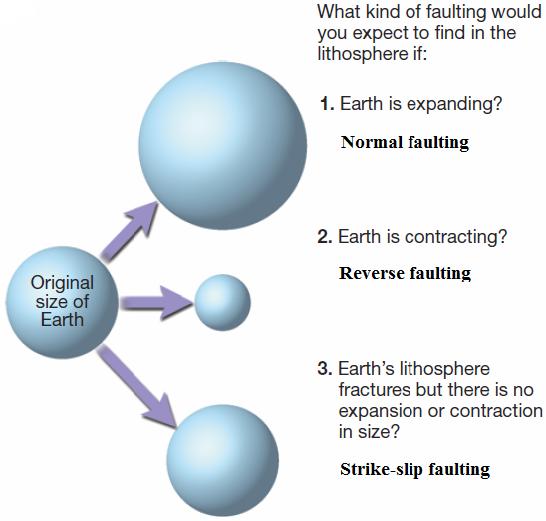
2 minute read
ACTIVITY 1.4 ANSWERS AND EXPLANATIONS
1.4A. Student answers will vary according to the type of wood. However, students should realize that they can determine the mass of the wood block by weighing it in grams (g). They should be able to determine the volume of the wood block by using a ruler to measure its three linear dimensions in cm, then multiplying the dimensions together to find the volume in cubic centimeters (cm3). The density of the wood block is its mass in grams divided by its volume in cubic centimeters.
1.4B. The sketches made by students should resemble lab manual Figure 1.13A, but:
Advertisement
1. The proportions of wood above and below the waterline will vary according to the type of wood. Pine floats higher than walnut.
2. Exact measurements recorded by students will also vary according to type of wood and size of the block.
3. Exact measurements recorded by students will also vary according to type of wood and size of the block.
4. Exact measurements recorded by students will also vary according to type of wood and size of the block.
1.4C. The exact form of equations will vary from student to student. The common form is:
Hbelow = (Ρwood ÷ Ρwater ) Hblock
1.4D. The exact form of equations will vary from student to student. Using the equation above (answer to Question 17), the common form would be:
Habove = 1 – [ (Ρwood ÷ Ρwater ) Hblock ]
1.4E. The density of water ice (in icebergs) is 0.917 g/ . The average density of (salty) ocean water is 1.025 g/ .
3. Students will generally find that their grid estimations of the percentages of the iceberg below and above sea level are consistent with their calculations above.
4. As the top of the iceberg melts, its submerged base will rise to establish a new isostatic equilibrium.
5. Where mountains have been eroded, their “roots” are still rising very slowly, so ancient shorelines become elevated above the levels where they originally formed.
ACTIVITY 1.5 ANSWERS AND EXPLANATIONS
1.5A. Student values for the density of pieces of basalt that they personally analyze will vary from about 2.9 g/cm3 to 3.3 g/cm3. However, they should still determine that the average density of all 10 basalt samples is about 3.1 g/cm3
1.5B. Student values for the density of pieces of granite that they personally analyze will vary from about 2.7 g/cm3 to 3.2 g/cm3. However, they should still determine that the average density of all 10 granite samples is about 2.8 g/cm3.
1.5C. 1. Habove = 5 km – [ (3.1 g/cm3 ÷ 3.3 g/cm3) 5 km ] = 0.3 km
2. Habove = 30 km – [ (2.8 g/cm3 ÷ 3.3 g/cm3) 30 km ] = 5.0 km
3. 5.0 km – 0.3 km = 4.7 km
4. The calculated value of 4.7 km in part c is close to the actual difference between the average height of the continents and the average depth of the oceans on the hypsographic curve in Figure 1.14.
1.5D. Earth has a bimodal global topography because its granitic continental blocks of lithospheric rock have an average density that is less than the average density of basaltic sea floor rocks. Thus, on average, the continental blocks sit about 4.53 kilometers higher in the mantle than the basaltic blocks. Oceans cover the basaltic blocks, but the tops of continental blocks remain above sea level.
1.5E. As a mountain forms, it establishes a level of isostatic equilibrium in the denser mantle—a sort of “mantle line” (like the waterline on an iceberg). In other words, most of the mountain is a submerged “root,” just as most of an iceberg is its “root” below sea level.
As a mountain is eroded, its root rises to establish a new level of isostatic equilibrium.
1.5F. Students can take and defend any inference, but the best and most correct inference is one that is supported by data and good logic. The most correct proposal (according to their work in this laboratory) is a compromise hypothesis stating that:
Blocks of Earth’s crust (actually lithosphere) have different densities (Pratt) and different thicknesses (Airy), so they sink to different compensation levels.



